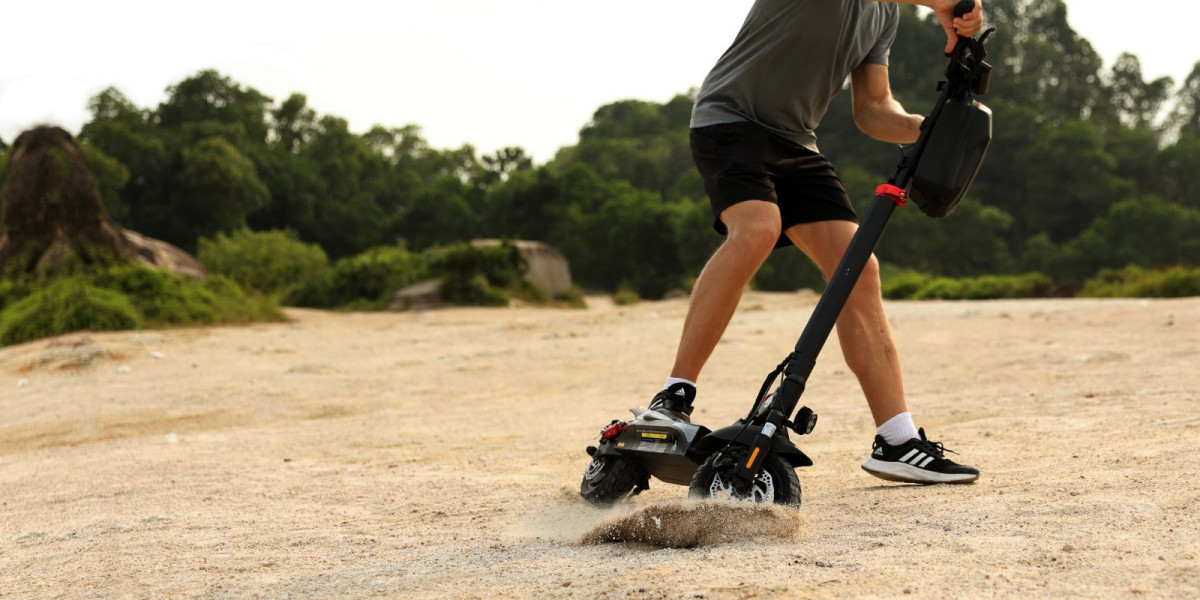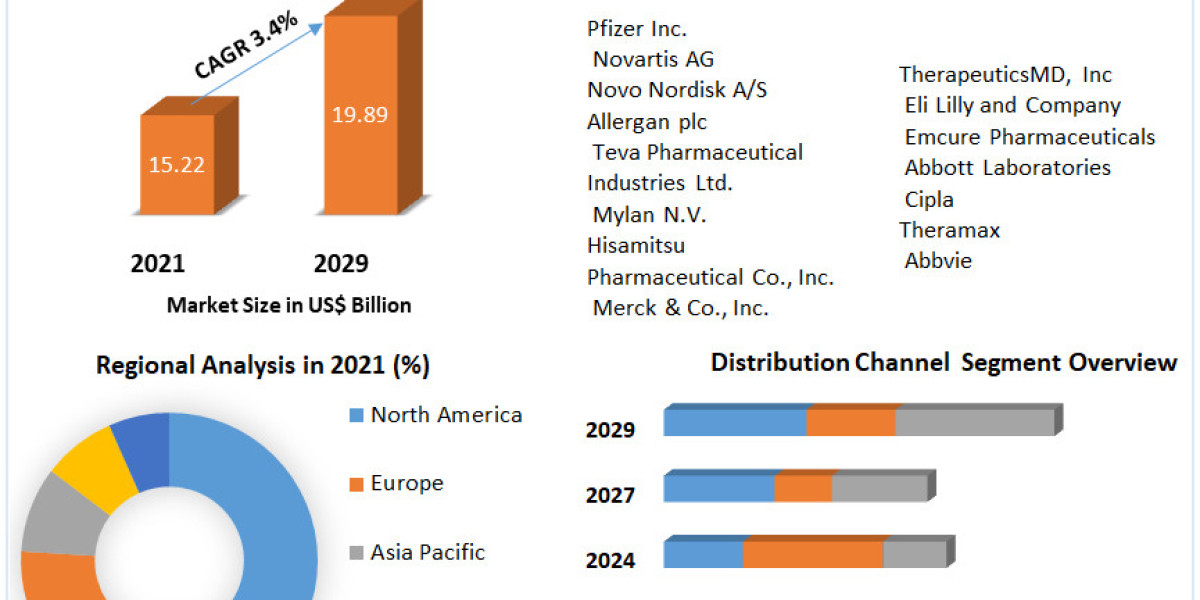A liquid detergent production line is a set of interconnected machines and equipment designed to produce liquid detergents on a large scale. These production lines are used by detergent manufacturers to efficiently and consistently produce liquid laundry detergents, dishwashing detergents, hand soaps, and other cleaning products in bulk quantities. Here's a general overview of the steps involved in a typical liquid detergent production line:
1. Raw Material Handling: The production process begins with the handling and storage of raw materials such as surfactants, solvents, builders, enzymes, fragrances, and other additives. These materials are typically stored in tanks or silos and are carefully measured and mixed according to the detergent formulation.
2. Pre-Mixing: In this stage, some of the raw materials are pre-mixed in specific proportions to create a baseliquid detergent production line mixture. Pre-mixing helps ensure uniform distribution of ingredients and prevents clumping during the main mixing phase.
3. Main Mixing: The pre-mixed base is combined with other additives and ingredients in a large mixing tank. Agitators or mixers are used to blend the components thoroughly and create a homogenous liquid detergent solution.
4. Heating and Cooling: Depending on the formulation, the liquid detergent may need to be heated or cooled during the mixing process to achieve the desired consistency and stability.
5. Filtration: After mixing, the liquid detergent is typically passed through filters to remove any impurities or particles that may have formed during the manufacturing process.
6. Filling and Packaging: Once the liquid detergent has been prepared and filtered, it is transferred to filling machines. These machines fill the detergent into bottles, pouches, or other containers, and then the containers are sealed and labeled for retail sale.
7. Quality Control: Throughout the production line, various quality control checks are performed to ensure that the detergent meets the required standards for performance, safety, and consistency.
8. Storage and Distribution: The finished liquid detergent products are then stored in warehouses before being distributed to retailers or shipped directly to customers.
It's important to note that the specific steps and equipment used in a liquid detergent production line may vary depending on the manufacturer's production capacity, the type of detergent being produced, and the desired end product characteristics.
Setting up a liquid detergent production line requires significant investment in equipment, infrastructure, and expertise. Additionally, manufacturers must adhere to regulatory guidelines and safety standards to ensure the quality and safety of their products.


